Results
-
 £244.99
£244.99Les Voyages de Gulliver - Maxime Aulio
Maxime Aulio composed Les Voyages de Gulliver (Gulliver's Travels) for the concert band of the Conservatoire National de Rgion in Toulouse (France) conducted by Jean-Guy Olive. The first performance took place in Toulouse (Auditorium Saint-Pierre des Cuisines) on April 25, 2001. The Anglo-Irish author Jonathan Swift (1667-1745) took about six years to complete his epic tale of adventure. The creative storyline, clear writing and subtlety of Gulliver's Travels have been engaging readers for generations. This literary travel between reason and foolishness was Maxime Aulio's inspiration for this piece. Each of the four movements of this suite is a review of Gulliver'sadventures, resembling the effect of a kaleidoscope, which juxtaposes small fragments of colour in a linear pattern.
Estimated dispatch 7-14 working days
-
 £76.99
£76.99Highlights from Jersey Boys
Showcasing the story of Frankie Valli and the Four Seasons, the hit musical Jersey Boys is a nostalgic look at some of the most popular songs of the 1960s. This fast-paced medley includes: Big Girls Don't Cry, Can't Take My Eyes Off of You, December 1963 (Oh, What a Night), Rag Doll and Walk Like A Man.
Estimated dispatch 7-14 working days
-
 £95.60
£95.60Der Ritt der Walkren - Richard Wagner
Die Walkre (the Valkyries) is the second of the four works that make up the "Der Ring des Nibelungen" (The Ring of the Nibelung). It premiered in Munich in 1870. The "Ride of the Valkyries" is definitely the best-known piece from this opera andperhaps the most famous of all Wagners works. It was also used as the soundtrack during the helicopter attack in Francis Ford Coppolas film "Apocalypse Now".
Estimated dispatch 7-14 working days
-
£138.00
Vivaldi's Mission to Saturn on a Dog Named Bongo (CB) - Paul Saggers
Using material from Antonio Vivaldi's The Four Seasons, this programmatic work depicts the following story:
Estimated dispatch 7-14 working days
-
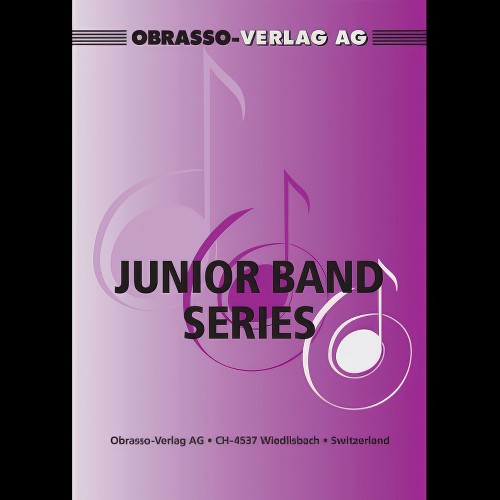 £46.90
£46.90Baroque Classics (Flexible Ensemble - Score and Parts) - Wood, Stephen D.
Includes:Prelude from Te Deum (Marc Antoine Charpentier)Musette (Johann Sebastian Bach)Sarabande (Georg Friedrich Handel)Themes from The Four Seasons (Antonio Vivaldi)
Estimated dispatch 7-14 working days
-
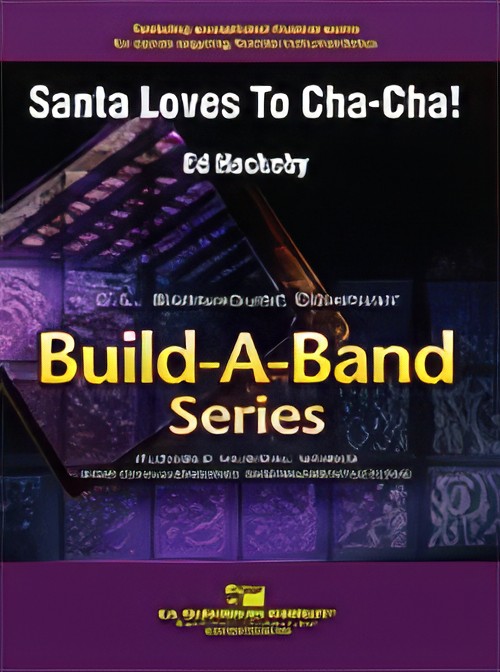 £60.00
£60.00Santa Loves To Cha-Cha! (Flexible Ensemble - Score and Parts) - Huckeby, Ed
If you have a group with severe instrumentation issues or just a very small band, this entertaining Ed Huckeby arrangement will provide an impressive sound for your holiday or Christmas program. Playable with any instrumentation as long as you have the four main parts covered by the instruments of your choosing. Includes optional piano and percussion parts. It's lots of fun and sure to be a hit with your students and audiences alike!Duration: 2.15
Estimated dispatch 7-14 working days
-
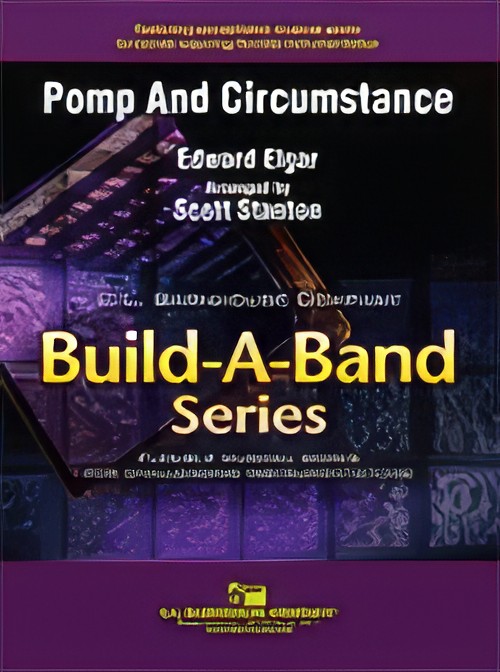 £60.00
£60.00Pomp and Circumstance (Flexible Ensemble - Score and Parts) - Elgar, Edward - Stanton, Scott
Now even very small bands or bands with severe instrumentation issues can give an inspiring performance of this classic piece for any graduation ceremony. Includes several options for repeats so that you can make it just the right length for any situation. Guaranteed to sound great as long as you have the four basic parts covered, and also includes optional percussion and keyboard parts that can enhance it even further.Duration: 2.15
Estimated dispatch 7-14 working days
-
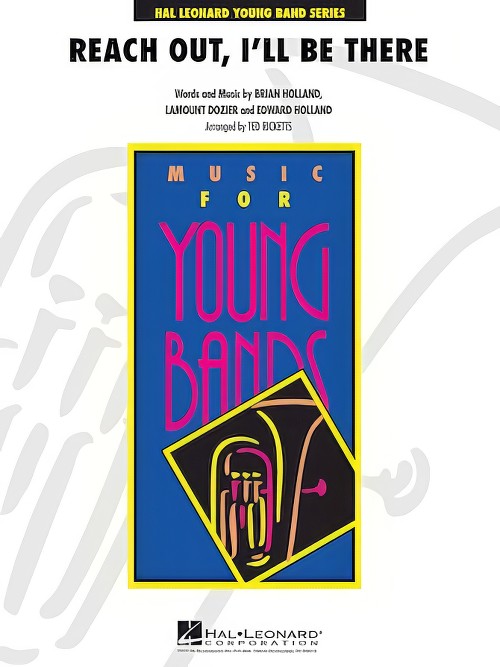 £57.50
£57.50Reach Out, I'll Be There (Concert Band - Score and Parts) - Ricketts, Ted
This Motown hit from the Four Tops was originally a #1 hit in 1966, and it's back on the charts now courtesy of a new recording by Michael McDonald. Great rock sounds in an effective setting for concert band!
Estimated dispatch 7-14 working days
-
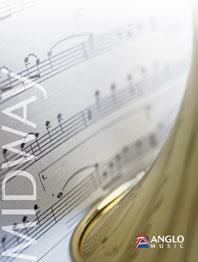 £87.99
£87.99Once in Royal David's City (Concert Band - Score and Parts) - Gauntlett, Henry - Sparke, Philip
Sparkling woodwinds and majestic brass come together to bring us a wonderful arrangement of this classic carol! Each of the four verses are treated differently, creating beautiful textures and a multi-faceted setting of the familiar tune. This fresh arrangement for developing bands is a great choice for both church and school!Duration: 4:30
Estimated dispatch 7-14 working days
-
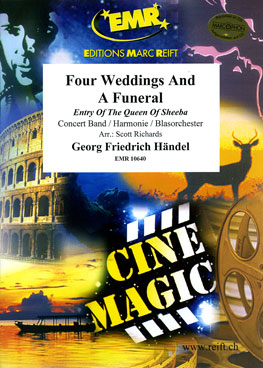 £134.80
£134.80FOUR WEDDINGS AND A FUNERAL Entry of the Queen of Sheba (Advanced Concert Band) - Handel, George Frideric - Richards, Scott
Duration: 3:10
Estimated dispatch 7-14 working days
